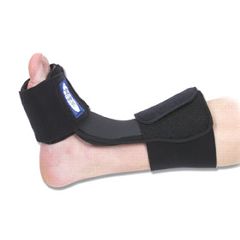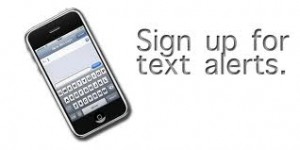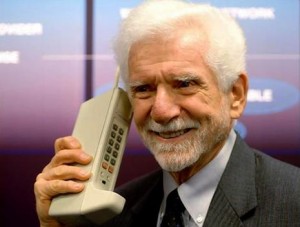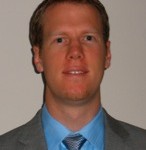 Dr. Paul Hodges undertook the difficult task of explaining the intricate connection between the respiratory / pelvic floor / and abdominal muscles. Through this article, you will also get an understanding of the symptoms and treatment of pelvic congestion syndrome. I have the difficult task of summarizing what he presented! Dr. Hodges has a presentation style I really enjoyed – pose a question first and then proceed to address that question.
Dr. Paul Hodges undertook the difficult task of explaining the intricate connection between the respiratory / pelvic floor / and abdominal muscles. Through this article, you will also get an understanding of the symptoms and treatment of pelvic congestion syndrome. I have the difficult task of summarizing what he presented! Dr. Hodges has a presentation style I really enjoyed – pose a question first and then proceed to address that question.
Question 1 – Do the muscles of respiration and continence contribute to postural control of the trunk?
Yes. Many of the muscles of the trunk (diaphragm, scalenes, erector spinae, intercostals, pelvic floor muscles) and pelvic floor (anal, periurethral, vaginal) are active during breathing and they are modulated in concert with breathing. Dr. Hodges provided evidence of this by presenting recordings from many systematic studies which measured the all of the above muscles in tasks such as respiration, modifying posture, and when a mass was unexpectedly dropped into a box held by the participate.
Question 2 – Can postural control, respiration, and continence be coordinated?
It seems that concurrent modulation of all these muscles is normal and that tonic and phasic activity can be modulated concurrently by the nervous system. In chronic respiratory disease, posture is compromised with greater disturbances in the ability to balance in the medial/lateral direction (trunk and hip stability). One obvious example of coordination is when someone is sprinting or lifting something heavy – you don’t breath for a short time (Dr. Hodges had us stand on our toes, reach up as high as we could, and notice how we held our breath).
In low back pain, postural function is disturbed for sure. But why? It seems that there is reduced activity of the transversus abdominis muscles, which leads to delayed activation, less tonic activity, muscle atrophy, and cortical reorganization.
Question 3. What are the conseqeunces of poor coordination of postural muscles?
The immediate implication is that breathing disorders, back pain, incontinence are linked together. Sure enough, Dr. Hodges presented results from an epidemiological study showing that those who had a breathing disorders were more likely to develop low back pain!
Question 4. What are the implications for rehabilitation?
For low back pain:
- Considerations from continence – activation of pelvic floor muscle to facililatet abdominal mucsle activity
- Considerations from breathing – ppl with back pain with breath in a more vertical manner (upper chest shallow breathing)
- access breathing patterns thru palpation, observation, US imaging – train breathing patterns
- goals – reduce activity, changin breathing apptern, train TVA, bretah mmore efficiently
For pelvic floor disorders:
- Consideration from lumbopelvic control – tva activiaiton may assist with PFM – supericial muscles maybe over active, change posture
- Considerations from breathing – overactive supericial abs incre IAP and can strain PFMs
For breathing disorders:
- Consideration from lumbopelvic – breathing pattern may be affected by lbp
- Consideration from incontinence – pelvic floor muscle function may be changed, consider PFM training
Although Dr. Hodges used the specific example of low back pain rehabilitation, the principles apply to other areas
- Training the transversus abdomonis successfully changed its recruitment by as evidenced by a shift in the timing of activation closer to normal controls with specific training
- Can these changes in timing be maintained? – yes
- What do you do? -Situps without conscience attention to TVA activation
- The brain of someone with LBP is different than normal control – brain mapping with TMS shows a shift in the locus of TVA cortical region – reorganization
- Specific training can make the brain look like a control
- Does motor training make a difference? – yes but the treatment needs to be targeted and indiviualized – the more severe the impairments in TVA activation the better the change with training
Conclusions
Patients will present with a range of issues, but it is impossible to separate the systems. You must look at your patients as a whole and develop a strategy that addresses all of their problems.
Bottom line – YOU MUST BE A MULTISYSTEM THERAPIST












